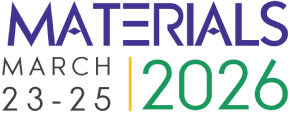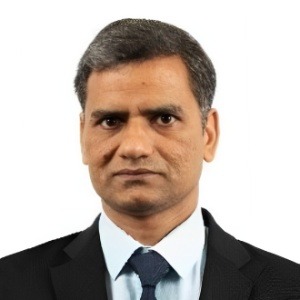Title : Revolutionizing antenna technology: A comprehensive overview of electronically tunable material-based beam-steering structures
Abstract:
In the ever-evolving landscape of wireless communication and connectivity, the advent of mmWave 5G technology has ushered in unprecedented demands for adaptable antennas with beam scanning and beam steering capabilities. This surge extends across various domains, including communication systems, radar applications, imaging technologies, and satellite systems. As these advanced systems continue to shape the future of connectivity, reconfigurable and beam-steering antenna structures emerge as pivotal components, offering the agility required to meet the challenges posed by the mmWave band. The imperative for directive and high-gain antennas with reconfigurability from the essential role they play in the architecture of advanced communication systems. Their ability to adapt and steer beams becomes crucial for ensuring high data rates and compensating for the considerable path loss inherent in mmWave frequencies. Among the various contenders for achieving beam steering and reconfigurability, a standout candidate is the application of liquid crystal (LC) and other materials with electronically tunable dielectric properties. This innovation, facilitated by the application of an electric field, opens new frontiers in antenna technology for wireless systems.
Within the realm of beam steering, different antenna systems have showcased their capabilities, including mechanical, electronic, lens, metamaterial-based, leaky-wave, and grid antennas. Leveraging Liquid Crystal (LC) materials for beam steering in leaky-wave antennas (LWA) and antenna arrays proves promising. To enable beam steering at a fixed frequency, the integration of tunable materials or varactor diodes becomes imperative in the design of LWA and antenna arrays. LC materials present themselves as durable substitutes for phase change in beam steering and beamforming circuits, showcasing negligible material losses—especially critical at mmWave frequencies exceeding 10 GHz. Recent advancements have witnessed the successful design and implementation of various antenna structures featuring LC for beam scanning and reconfigurable applications. This presentation aims to provide a comprehensive and detailed overview of electronically tunable material-based beam-steering antenna structures. By delving into the intricacies of this cutting-edge technology, we seek to unravel the potential of liquid crystals and similar materials in revolutionizing antenna design for advanced wireless systems. The exploration will span the theoretical foundations, practical implementations, and potential applications of these electronically tunable materials, shedding light on their transformative impact on the rapidly evolving landscape of mmWave communication, radar, imaging, and satellite systems. Through this discourse, hope to inspire a deeper understanding and appreciation for the role of tunable materials in shaping the future of antenna technology.



